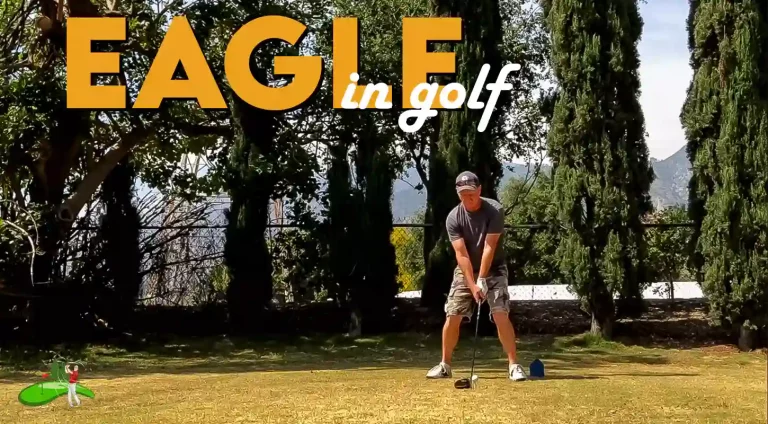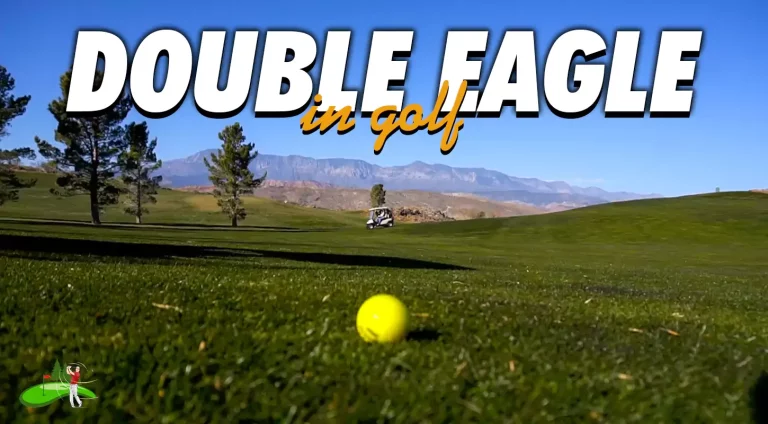What is a Mulligan in Golf?
In life, you are rarely offered a second chance to make up for something, but in golf, if you are ever offered a Mulligan, accept it.
While golf is an extremely enjoyable sport, it can also get frustrating sometimes. This can turn your afternoon into a bad day if you miss a good shot. Fortunately, you are offered a Mulligan during social or amateur events, which allows you to make up for a bad shot. However, keep in mind that there are limits.
So, if you want to know what a Mulligan in golf is, how it originated, and how to use it to your advantage. Then keep reading!
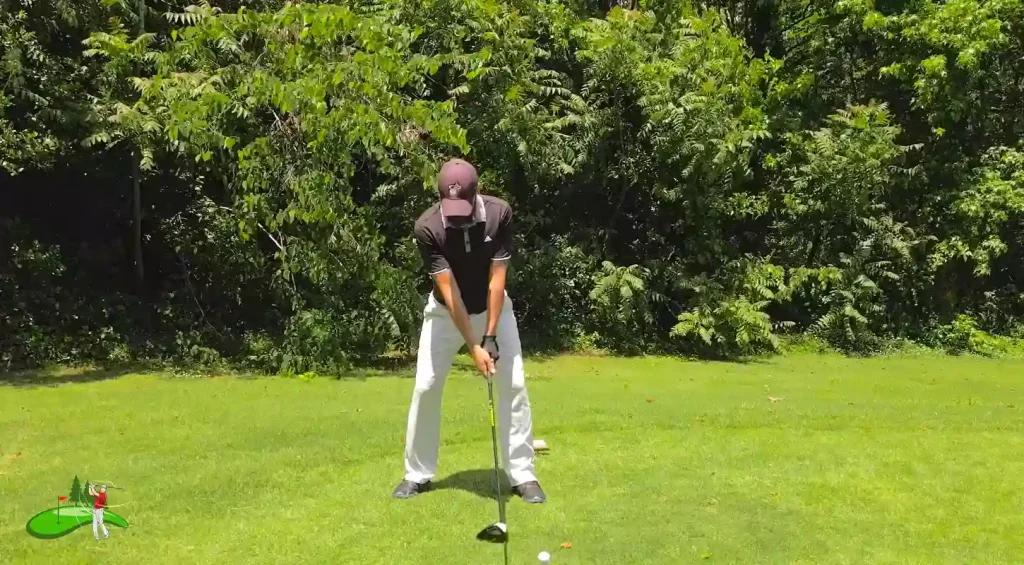
What is the meaning of Mulligan in golf?
A Mulligan is basically a stroke you make from the same spot you made your previous stroke. This can help you to re-do the prior shot without facing a penalty.
In simple word definition, when you strike a Mulligan, it erases your previous bad shot like it never even happened! Amazing right? But where did it all begin?
Origin of Mulligan in golf
The internet has a great number of stories about how the scoring term “Mulligan” was first introduced in golf. However, the two most common stories among them center around characters named Mulligan. Now, we can’t be sure if these stories are true but they have become so popular that they seem to have a stronger connection with truth. So, let’s begin with the first story about an amateur golfer named David Bernard Mulligan.
David Bernard Mulligan
Going back in time to the 1920s, David Bernard Mulligan was playing recreational golf, when he hit a poor shot off the tee. In order to make up for this bad shot, he simply teed another ball and told his fellow golfers that this is his “correction shot”. After this, his shot gained immense popularity and the “Correction shot” was soon replaced with a golf Mulligan.
There are two other versions of this story,
The one version is that Mulligan came to his Course in Montreal after a bumpy ride and on his his first tee he was quite rattled. So, he played a second shot off the tee to compensate first bad shot.
The Second version is that Mulligan reached the Golf Course quite late and he was pretty shaken up. He played in a rush due to that the first shot was so bad that he needed a second shot as a correction.
Mulligan himself confirmed this story during an interview with Don Mackintosh in 1952. He said:
“One day, while I was playing with three of my friends – I hit an almost accurate ball off the first tee that was long enough but not as straight as I would have wanted. I got so provoked with myself that I put another ball down on impulse. The other three players looked at me with bewilderment, and one asked what I was doing. Without thinking, I quickly replied that I was taking a correction shot which I called a mulligan. From then, people began to seek an extra free shot on their first tee, and it soon became an unwritten rule in golf.”
The story sounds pretty convincing but let’s see another popular theory related to this.
John A. Mulligan
This story is about John A. Mulligan, a locker attendant at Essex Fells Country Club in New Jersey, in the early 1930s.
One day, Mulligan joined some players in their game but unfortunately, it resulted in a poor opening tee shot. According to the story, he asked the players to let him play a do-over shot since he is out of practice and was busy with work the whole day. So, the players agreed, and Mulligan hit another shot that was comparatively better than the previous one. After this incident, the story spread, and other players adopted the name “Mulligan” for their games.

The wrong and the right time of using a Mulligan?
A great time to ask for a mulligan is when you drive the tee shot off the first tee and it goes bad unfortunately. According to a survey, many golfers believe that a mulligan undoubtedly increases the game’s fun, however, some also claim that too many mulligans can ruin the game by making it counterproductive.
- If mulligans are negatively affecting the pace of the game, it will be wrong to use them, especially if other group members are faster and better.
- If you are better than the others, then do not call for a Mulligan.
- If you are continuously hitting fairways or greens then do not ask for a mulligan.
Now, ignoring all the negative aspects of a mulligan, golfers have come up with alternatives to a mulligan. So, if you and your fellows agree to make mulligans a part of your game, you would need to clarify which of the alternatives you can apply.
The Must Mulligan in Golf
According to the alternative mulligan rules, you can play the mulligan shot from where your initial ball stopped compulsorily, no matter where it is. So, you will have to play the shot even if the ball has landed in a worse location, like a bunker or a water body.

The Provisional Mulligan in Golf
This alternative offers a relaxing choice, which means, that you can either play the mulligan or choose to play the original shot instead. This is similar to playing a provisional shot. However, mulligans do not have any penalties associated with them, unlike provisional shots. Provisional shot can be played at any point when ball is lost, unplayable or in a water hazard.
After you declare a provisional shot you can play another shot from same point where you hit the previous one. You provisional shot will be counted as a penalty shot. If you have played 3 strokes and the ball is lost on third stroke. Provisional shot will be counted as fourth stroke now. Because this will be a penalty shot. But in Mulligan the compensation shot is not considered as penalty stroke.
Purpose of a Mulligan
A Mulligan is a great way to make up for a shot that has not gone your way. It can also make an informal game quite friendly and relaxed, allowing you to be saner when the odds are not in your favor.
And apart from this, a Mulligan can also be requested for the following reasons:
- When you lose the ball
- The ball is stuck in a bunker
- When the wind causes your ball to divert from its path
- Or simply a poor shot
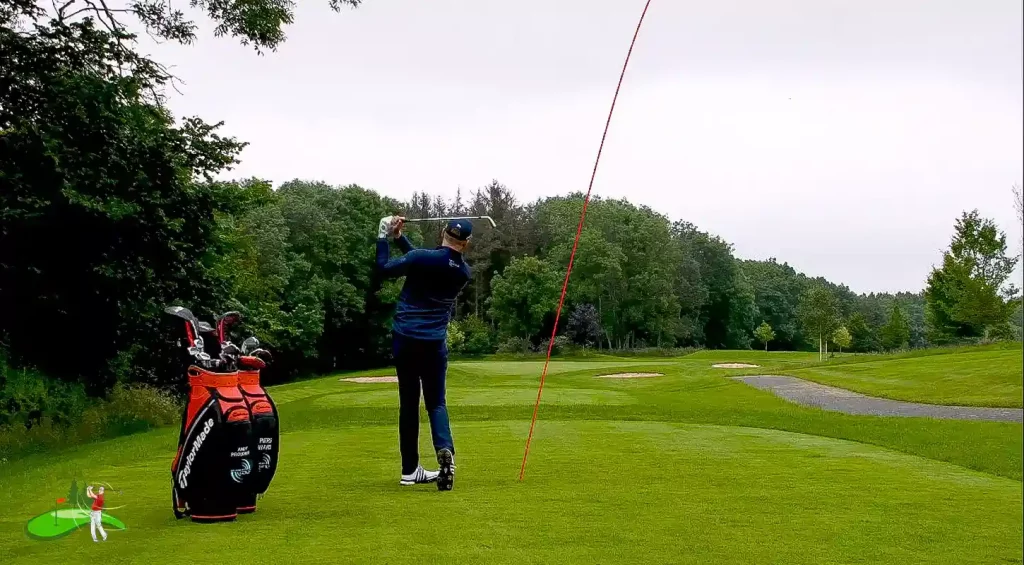
Number of Mulligans allowed
Usually, you cannot take more than one Mulligan per round, no matter how casual the game is. However, if the players agree to a specific number of allowed Mulligans, then it’s not an issue.
Looking at the downside, if you allow more than one Mulligan during the game, it can slow things down for everyone.
Inquire what your group feels about a Mulligan
In order to take a Mulligan shot, you should always inquire about your fellow golfers about it. If they don’t mind, then you can go ahead with it, as it is not usually a problem. Similarly, you should offer a mulligan to other players for poor shots, during casual games.
However, keep in mind that, you can never ask for or even suggest a mulligan in a golf tournament. By doing so, you can portray a poor image of yourself in front of others.
Other terms
People use a number of terms for Mulligans that include:
- No Alibis
- Replay and criers
- Play it again Sam
- Whiners
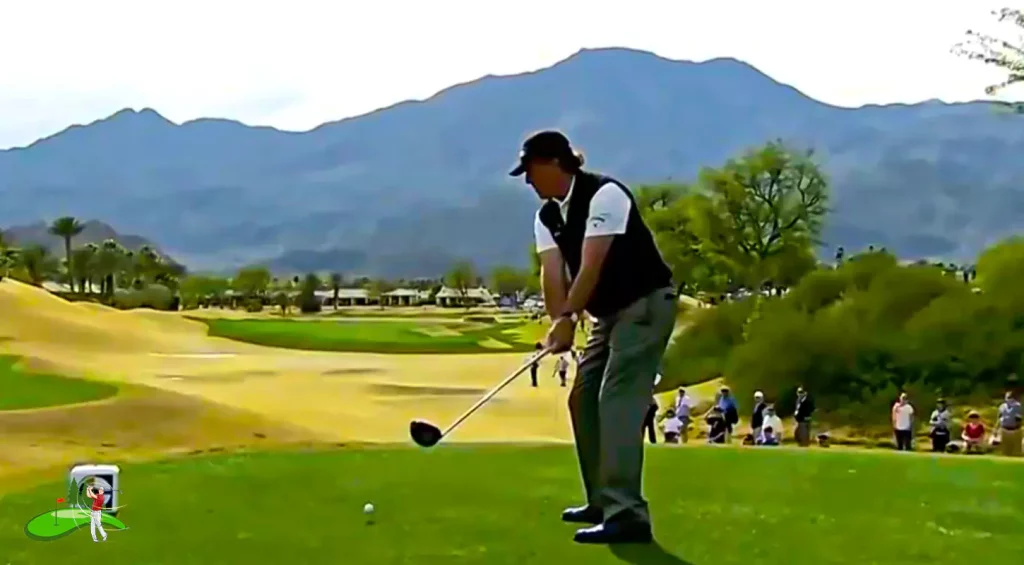
Conclusion
Mulligans keep golf relaxed and friendly. And although you cannot use it during professional tournaments, many beginner players take a mulligan during tricky situations.
And while there are different stories behind the origin of a mulligan, one thing is clear; an evening on the golf course with friends can never go wrong with a couple of mulligans.





